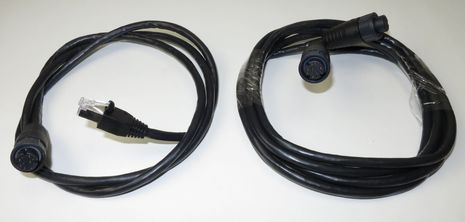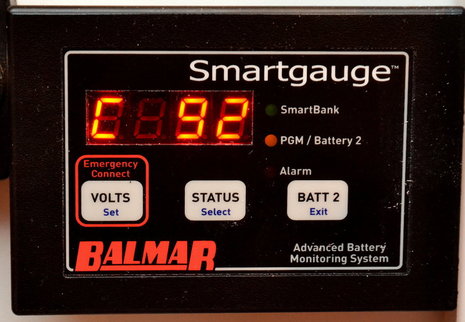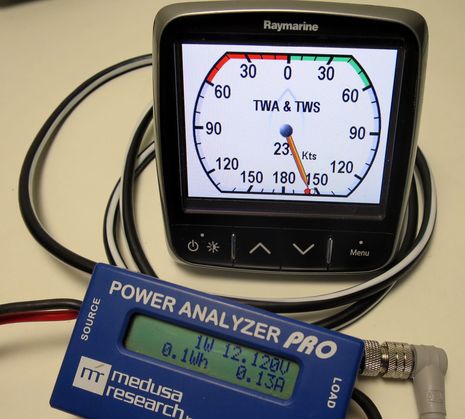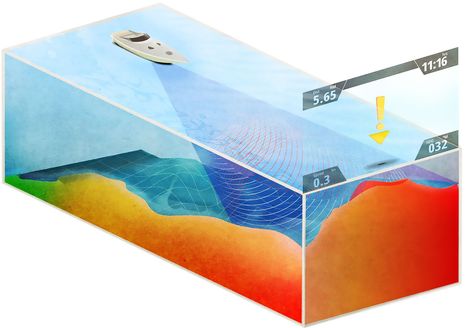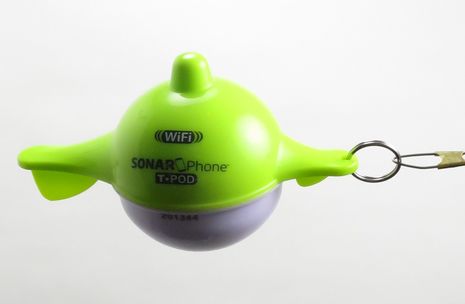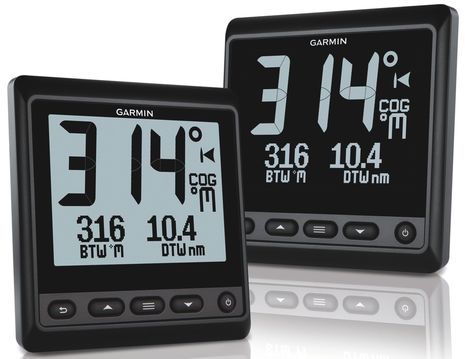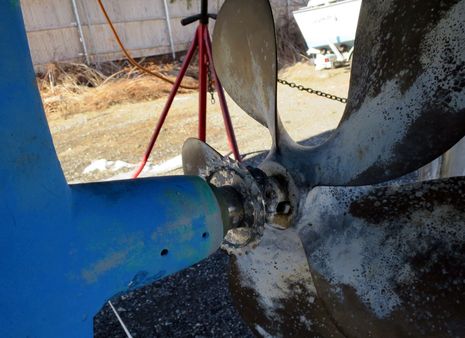Garmin’s GCV 10 DownVü/SideVü, a serious new weapon in the sonar war
 Panbo is very pleased to publish the first guest entry of esteemed marine electronics installer and writer Bill Bishop ~ editor
Panbo is very pleased to publish the first guest entry of esteemed marine electronics installer and writer Bill Bishop ~ editor
It’s a rare case when we actually get to see into some technology we use, and this is one. You’re looking at a special clear casting of the DownVü/SideVü transducer that Garmin designed for its GCV 10 CHIRP-based sonar. As the photo suggests — you can click it much bigger — there is much more to this tech then you might initially think. The long silvery bars (you can see two of three) are the ceramic piezo transducer arrays. The shorter one is for the down scan. The metal dot on the right side is the temperature sensor. In Garmin’s words “the DownVü and SideVü transducers were designed using an innovative multi-element shaded array to provide clear, picture-like imaging. The range and side-lobe performance is like nothing else out there.” This is not simple stuff. With today’s rapid developements consumer marine sonar is now nearly the equal of sonar systems owned by oceanographic research institutions, albeit with less power. The average boater isn’t doing seabed mapping at extreme depths, but hey if you mounted this transducer on a tow fish…




